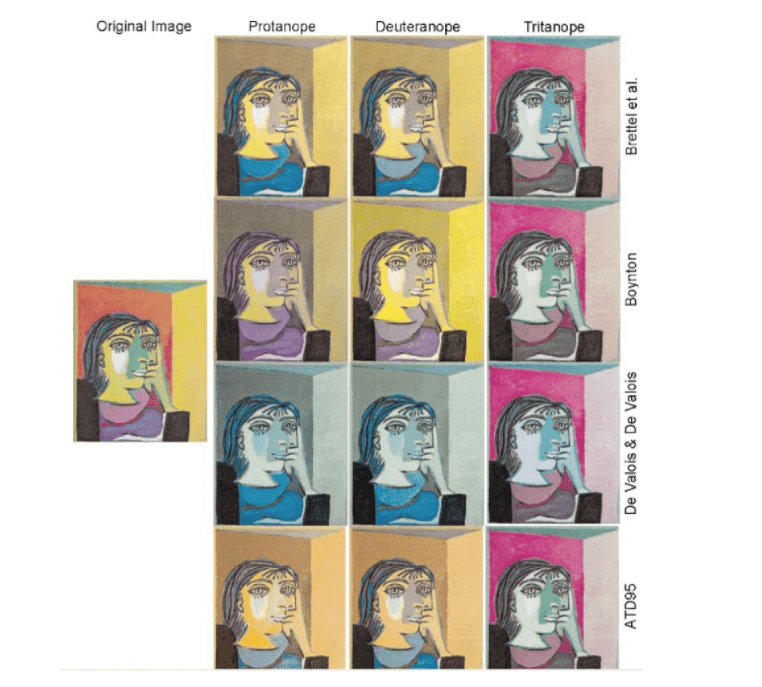by Prof. Dr. Jesús Malo
At the cortical level, spatial texture, motion and color is encoded as a set of responses of wavelet sensors tuned to certain spatio-temporal frequencies and certain directions of the color space. These sensors have different linear gain and saturate adaptively depending on the context. Elementary neural operations such as linear transforms and divisive normalization explain a big fraction of the phenomena described so far in the course: (1) tristimulus colorimetry, (2) chromatic adaptation, (3) contrast sensitivity, (4) masking and texture adaptation, and (5) subjective distortion measures in images and video.
However, why the brain is encoding visual information in this specific way?
In this seminar I introduce the standard view of the retina-cortex pathway as a cascade of linear+nonlinear operations and I will show how these transforms emerge from statistical and information-theoretical considerations. The reason for the transforms in the visual pathway seems to be the maximization of the transmitted information about natural scenes when using noisy sensors. This (trivial?) conclusion implies the use of concepts such as mutual information and total correlation, and redundancy-reduction algorithms such as principal component analysis and independent components analysis.
I will point the attendees to code and image data to play with these concepts and neural models.
All the first webinars here.


